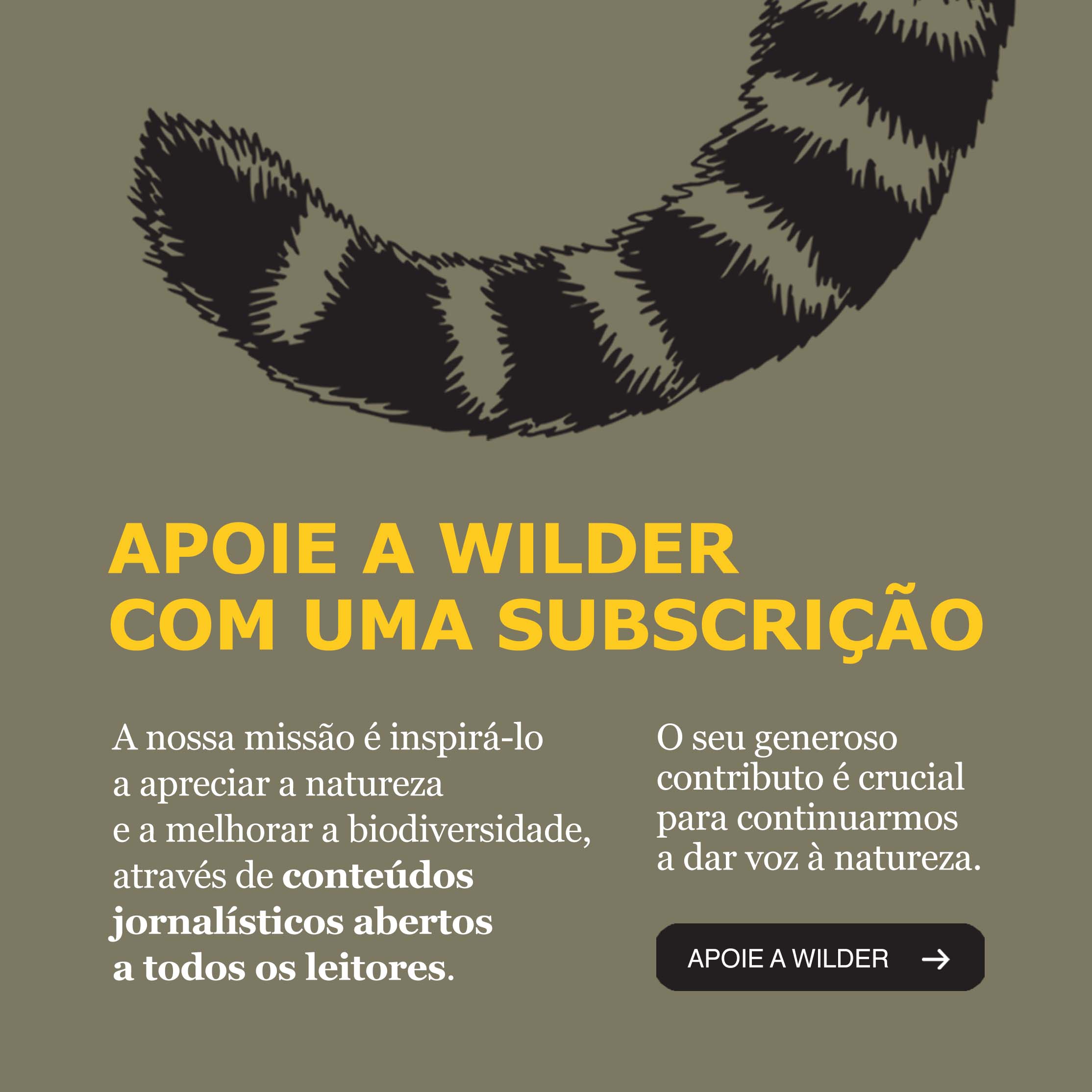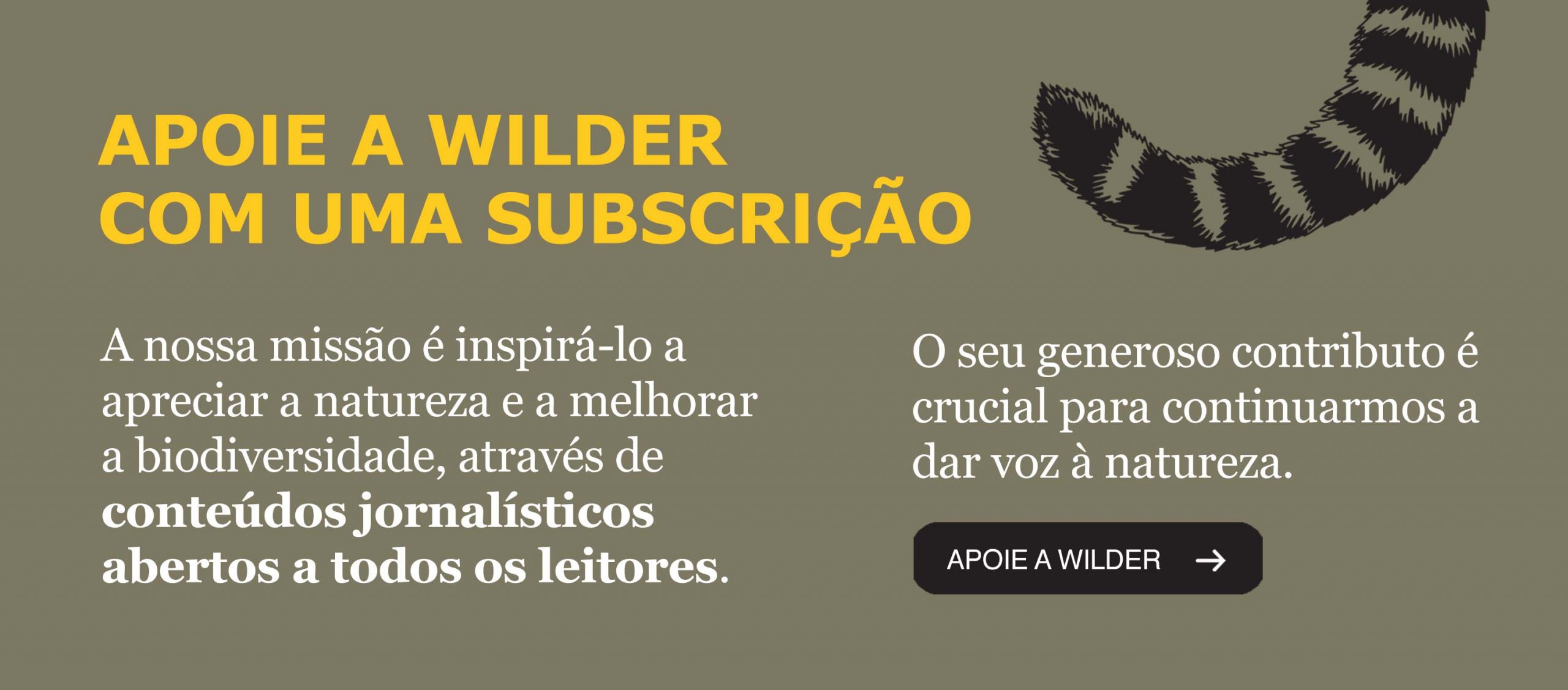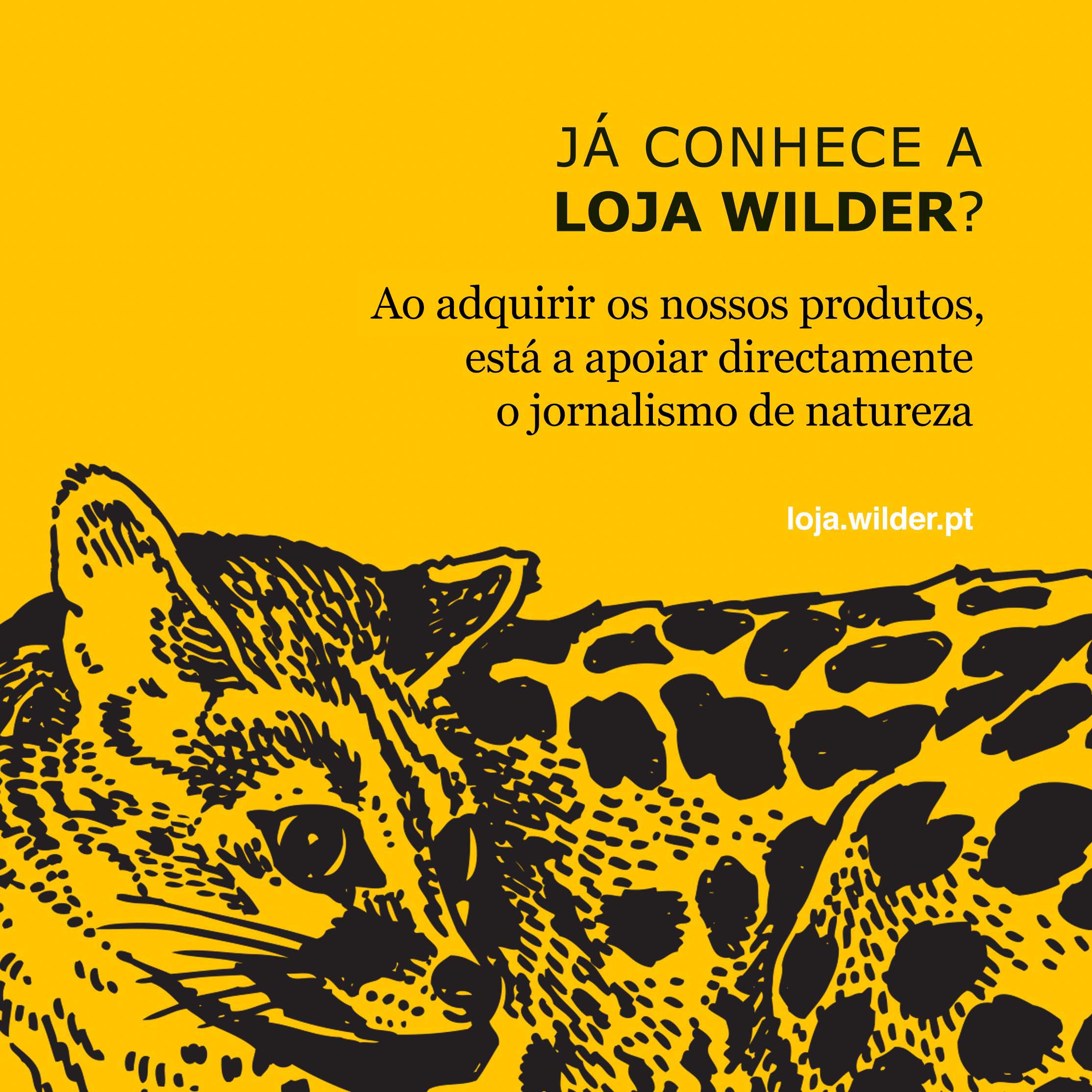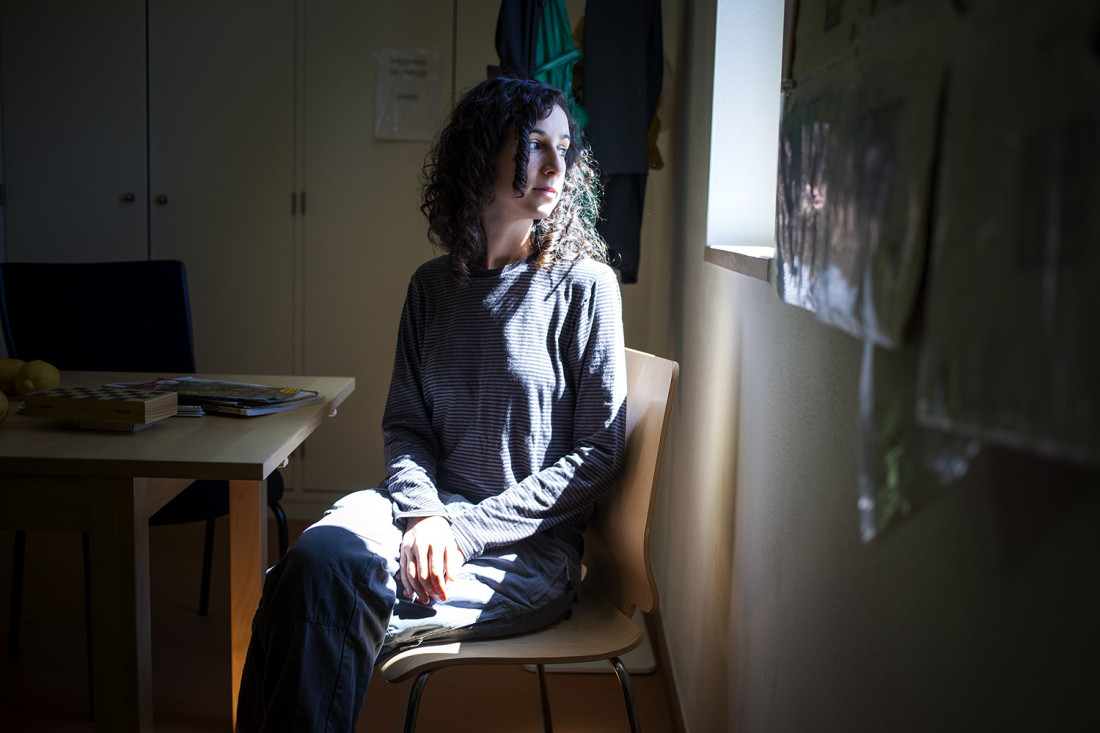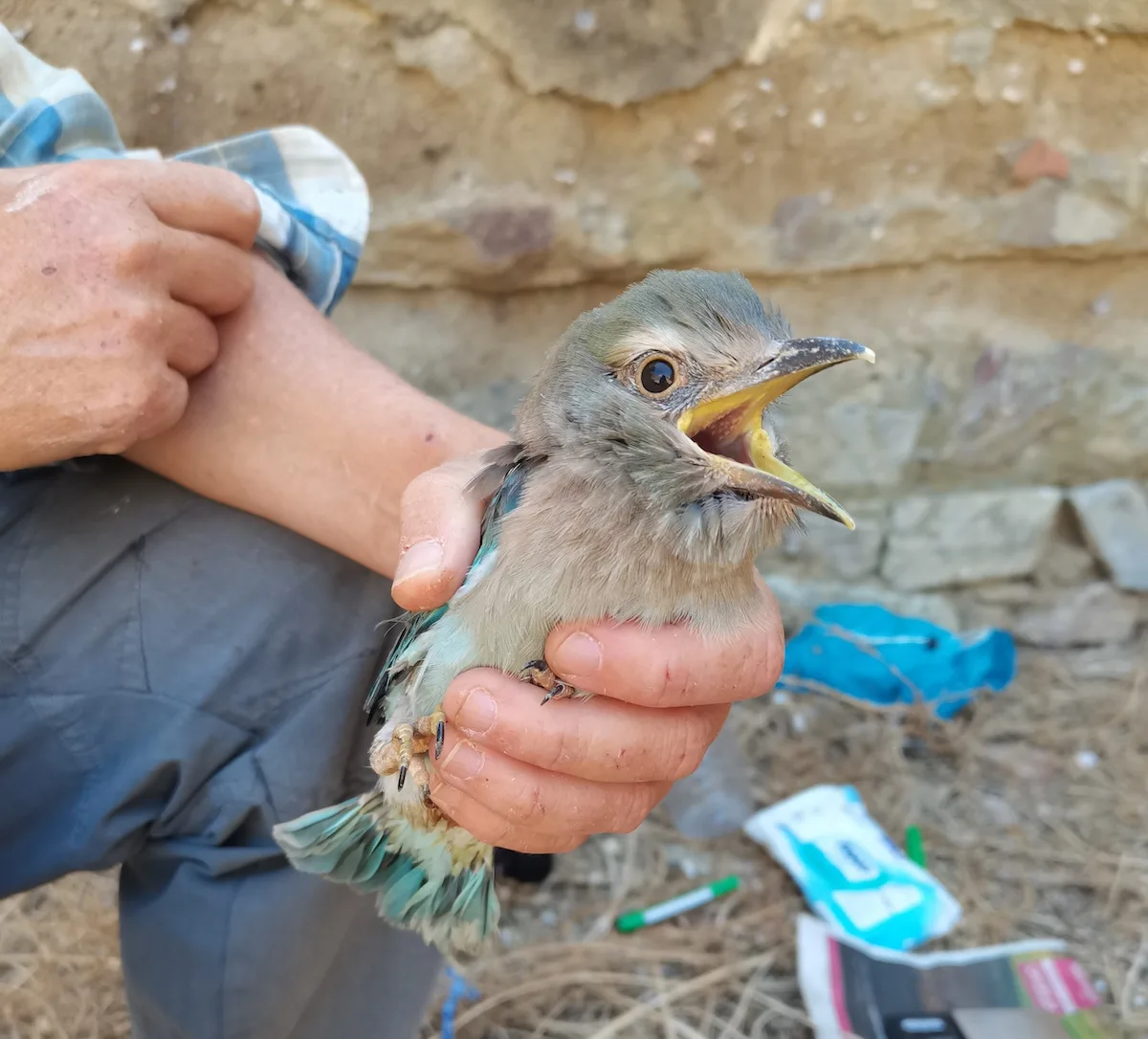Nereida Rico, 30, came from Spain and works at the Centro Nacional de Reprodução de Lince-Ibérico (CNRLI, National Breeding Centre of Iberian-Lynx) since 2011.
Nereida always wanted to work with the Iberian-lynx. “Since I was a child”, she says. She took a degree in Conservation and worked as a volunteer at El Acebuche, another breeding centre, in Doñana, South of Spain. “The Iberian-lynx is a wonderful and very cute animal. And this is a very important project.”
“I started here at the Centre by doing video-surveillance for three months. Then, I became a keeper. I clean and maintain the enclosures where the lynx live, I carry rocks, cut the vegetation, feed the animals. In those particular moments, I have to be very quick, in and out in a second. But I would like to do some research and field work. This is a very physical work.”
This keeper knows all the lynx in CNRLI very well. But she has a stronger connection with Fresa and Foco. “I almost feel like they are waiting for me, when I go to their enclosures. Sometimes I speak to them. But not all the lynx are like that. There are some that run and hide as soon as they notice I’m coming.”
Fresa and Foco where the first Iberian-lynx Nereida has ever saw in her life. “And now they are parents! It’s amazing! I’m very proud of them.”
Nereida has to be more alert when a lynx doesn’t feel afraid. “It can be dangerous.”
One of the most crucial moments in the daily life at CNRLI is the season when the cubs fight one another, a normal behaviour among the species. “When the cubs have around 40 days, they usually fight and we have to be alert. Many times we have to decide whether we do something or not.”
[divider type=”thick”]The Birth of an Iberian-Lynx
A team from Wilder has been at CNRLI for two days on March 2015. In this series we show you how is it to work at this centre and all the people who take care of this endangered species.

